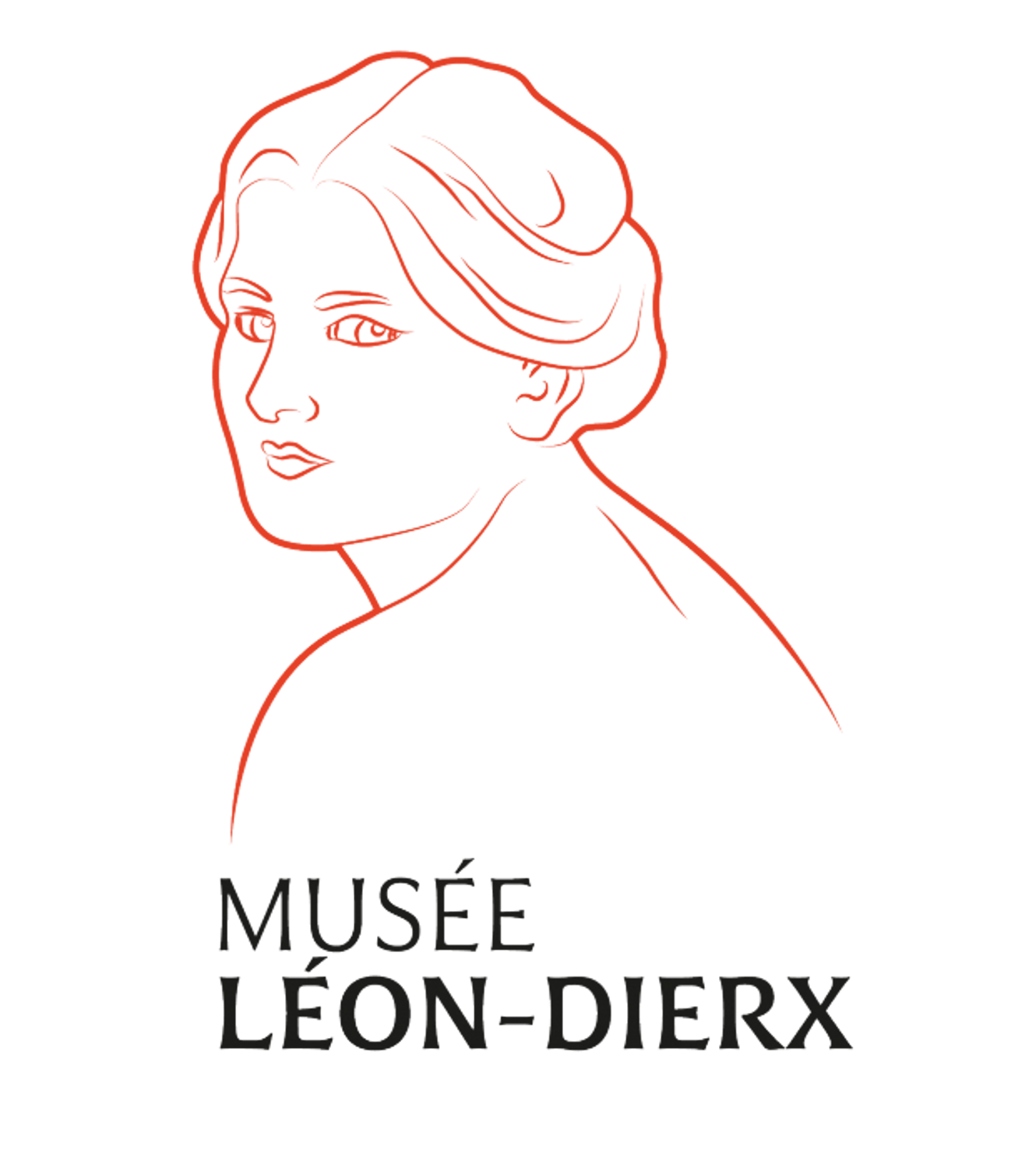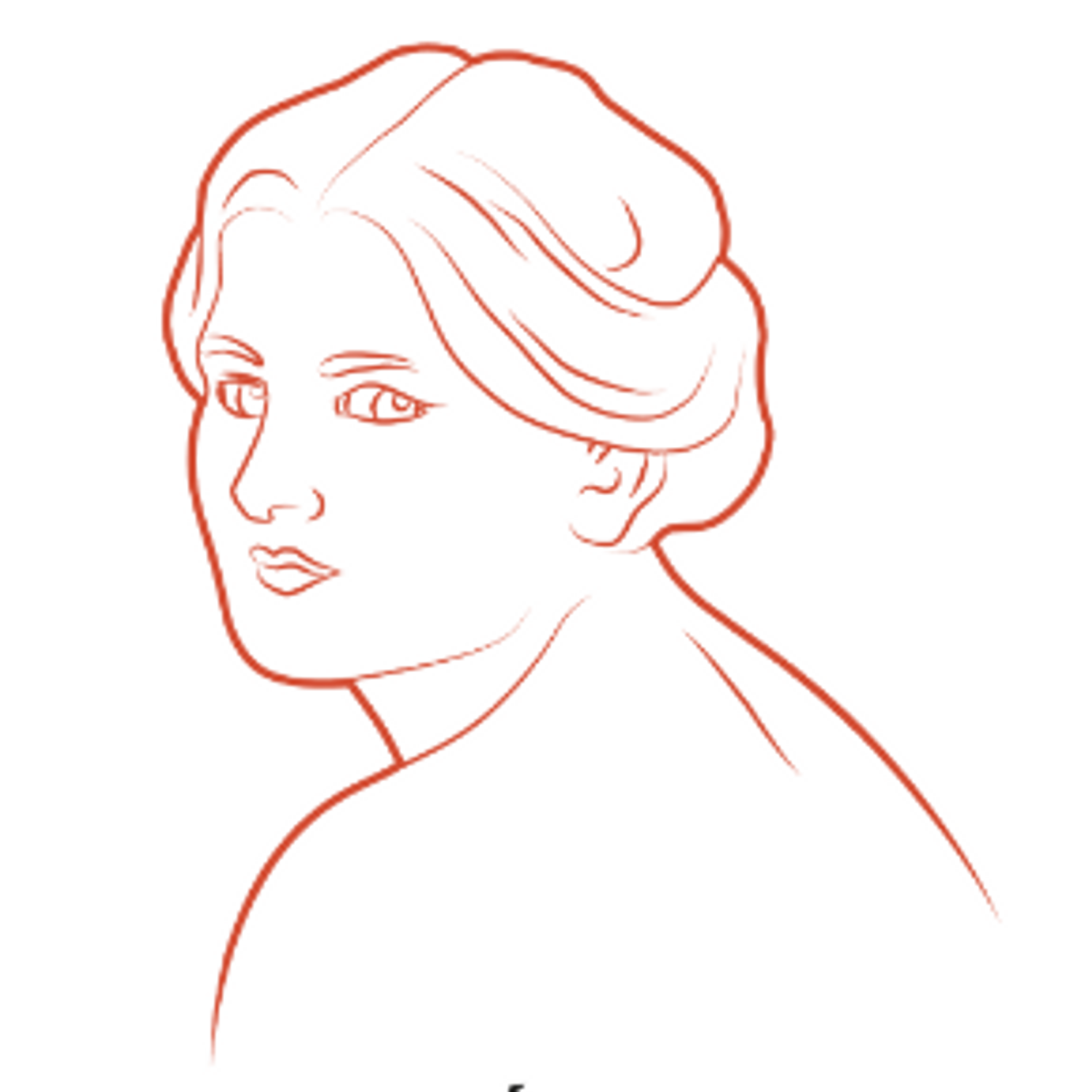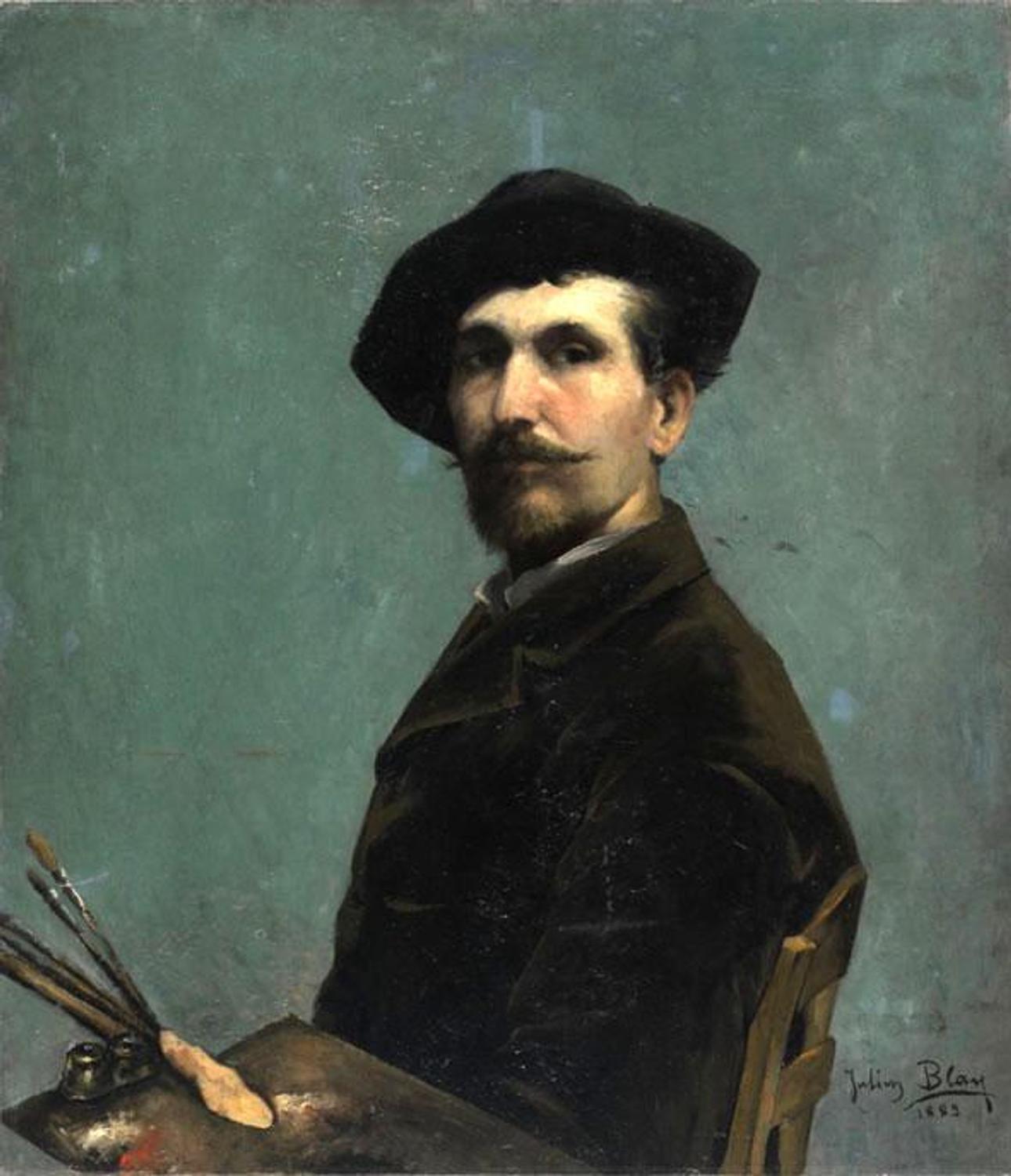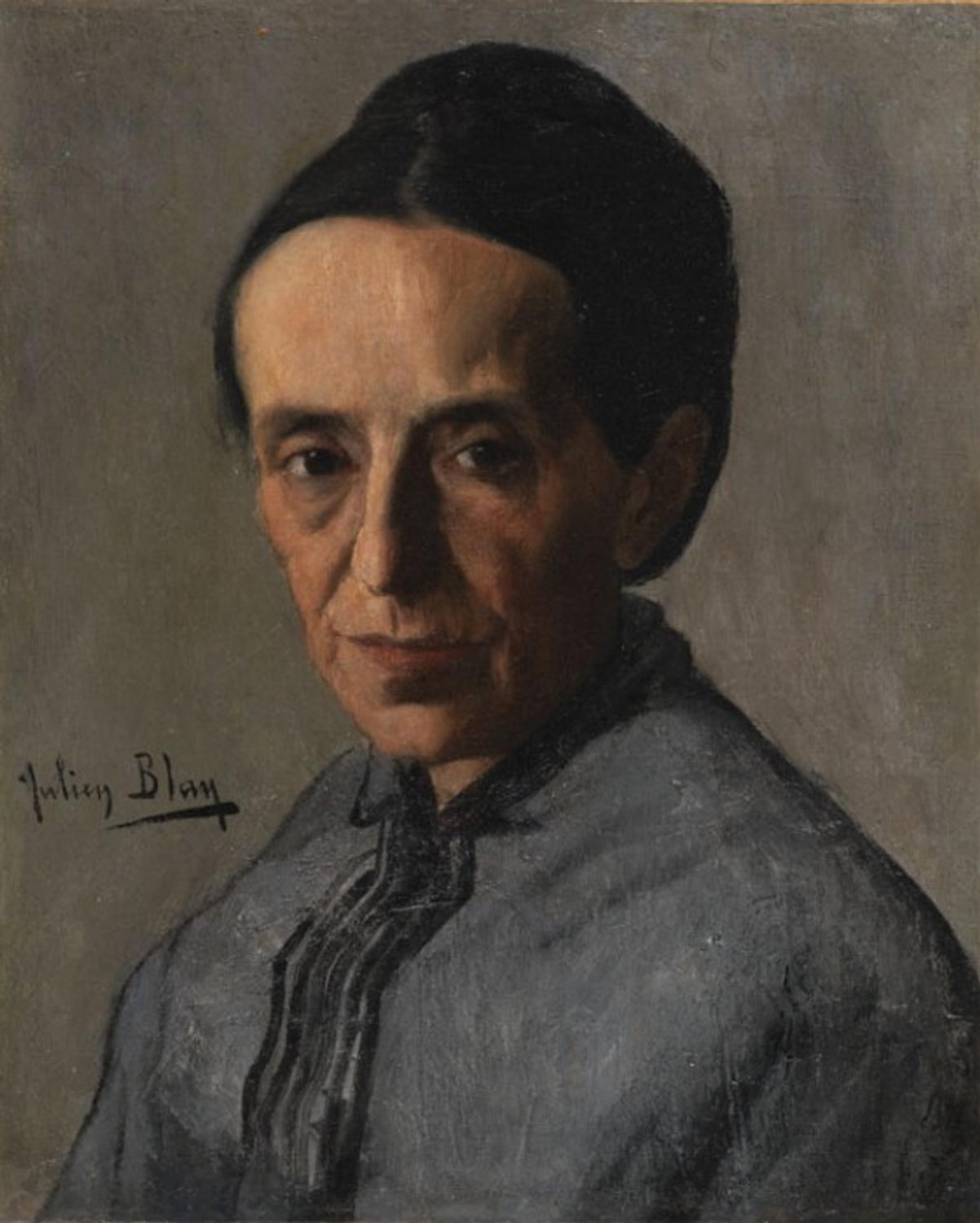THE MASTERPIECES OF THE LEON-DIERX ART GALLERY : Julien BLAY
Julien BLAY
Saint-Denis (Réunion), 1er May 1853 - id., 12 March 1893
Born on Reunion island, Julien Blay was the grandson of Jean-Auguste Poussin (1784-1871), who was a pupil of the Neo-Classical painter Jacques-Louis David. Poussin arrived on Bourbon island in 1819 and taught art at the French royal high school in Saint-Denis. He most probably transmitted to his grandson the bases of artistic culture and gave him his first drawing lessons.
Julien Blay settled in Paris in the 1870s and went to study at the workshop of the painter Henri Lehmann, a pupil of Ingres, who taught at the school of fine arts from 1875 to 1881. Lehmann gained fame through the quality of his portraits, belonged to the circle of official 19thcentury painters and won a number of awards.
En 1880, Julien Blay, who had just turned 27, received the praise of the Reunionese press. The article devoted to his work stated that he regularly visited the Louvre museum in Paris, where he copied sculptures from antiquity and the works of classical painters. From this training period, the Leon-Dierx art gallery has retained a copy of the painting le Fils prodigue by Jean-Baptiste Greuze. In the same year, his skills in drawing from life models were recognised, as was his talent revealed during the composition examination, for which he treated a topic from mythology: la Lutte d’Apollon et de Marsyas devant les Muses (The struggle of Apollo and Marsyas before the Muses).
He participated in the Salon of French artists on two occasions: in 1884, as a pupil of Lehmann and Barrias, he exhibited a portrait of Mr M. Audran and in 1885, when he declared he was also a pupil of Cabanel and presented a portrait of the general Charles Elie Rolland, a member of the military forces who was born in Saint-Benoit in Reunion. A third portrait painted by Julien Blay we know of is conserved at the Leon-Dierx art gallery, that of his aunt Anna Blay.
He apparently returned to Reunion after his training and died in Saint-Denis at the age of 40. He left a very small collection of paintings that remain fairly unknown.
Autoportrait (Self-portrait), Julien BLAY
1883
Oil on canvas
74,8 x 64,9 cm
Inv 1956.00.28
This self-portrait belongs to a long tradition of portraits of artists. Probably painted in Paris, during his studies or a short time later, Blay chose to represent himself as an artist.
The portrait is set inside a rectangle that is almost a square, with a head-and-shoulders portrait that stops at the level of the elbows. Sitting on a simple wooden chair wearing a dark work jacket and a sort of wide black beret on his head, the choice of the clothes suggests that his studio was poorly heated. He is staring ahead, holding in his left-hand four brushes and a pallet with a small metal pot containing oil clipped onto it.
The figure is painted against a neutral background of intense and vibrant blue. This intense blue may have been inspired by the portrait of Franz Liszt painted by Lehmann in 1839, today conserved at the museum of Carnavalet. From this portrait of Liszt, Julien Blay also retained the chiaroscuro modelling of the face, as well as the simple yet effective composition.
Portrait d'Anna Blay, Fin 19e siècle







